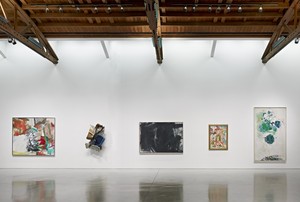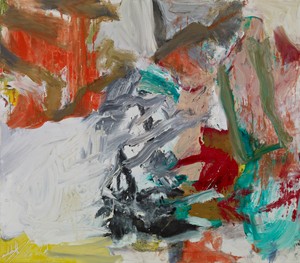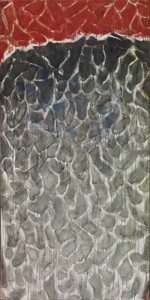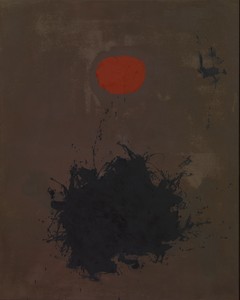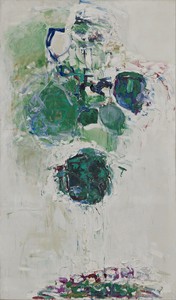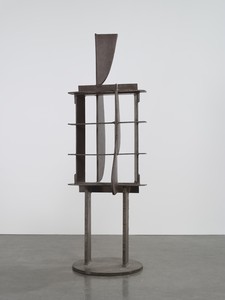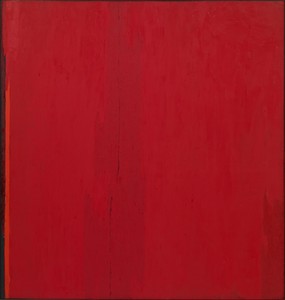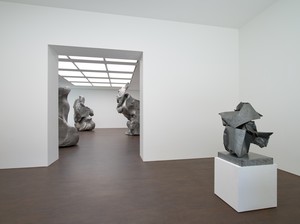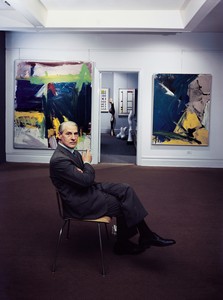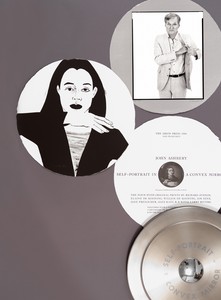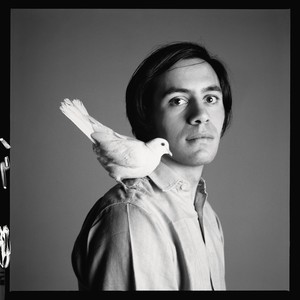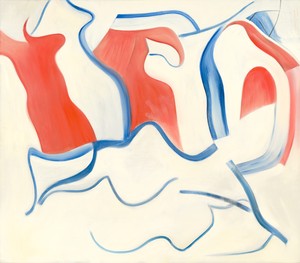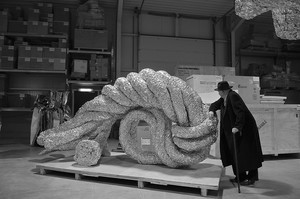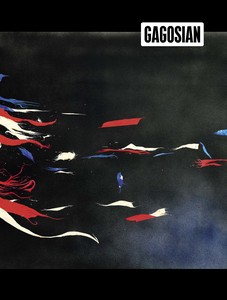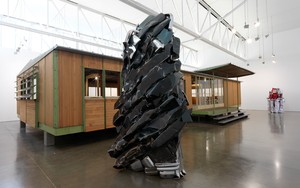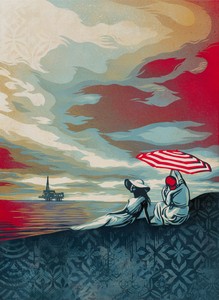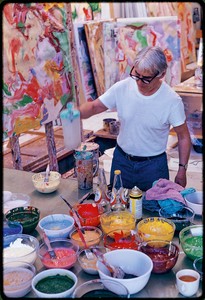
Willem de Kooning and Italy
In tandem with the 60th Biennale di Venezia, the city’s Gallerie dell’Accademia is featuring the exhibition Willem de Kooning and Italy, an in-depth examination of the artist’s time in Italy and of the influence of that experience on his work. On September 20 of last year, the curators of the exhibition, the American Gary Garrels and the Italian Mario Codognato, engaged in a lengthy conversation about the exhibition for a press conference at the museum. An edited transcript of that conversation is published below for the first time.
